Santa Teresa, Costa Rica
February 2011
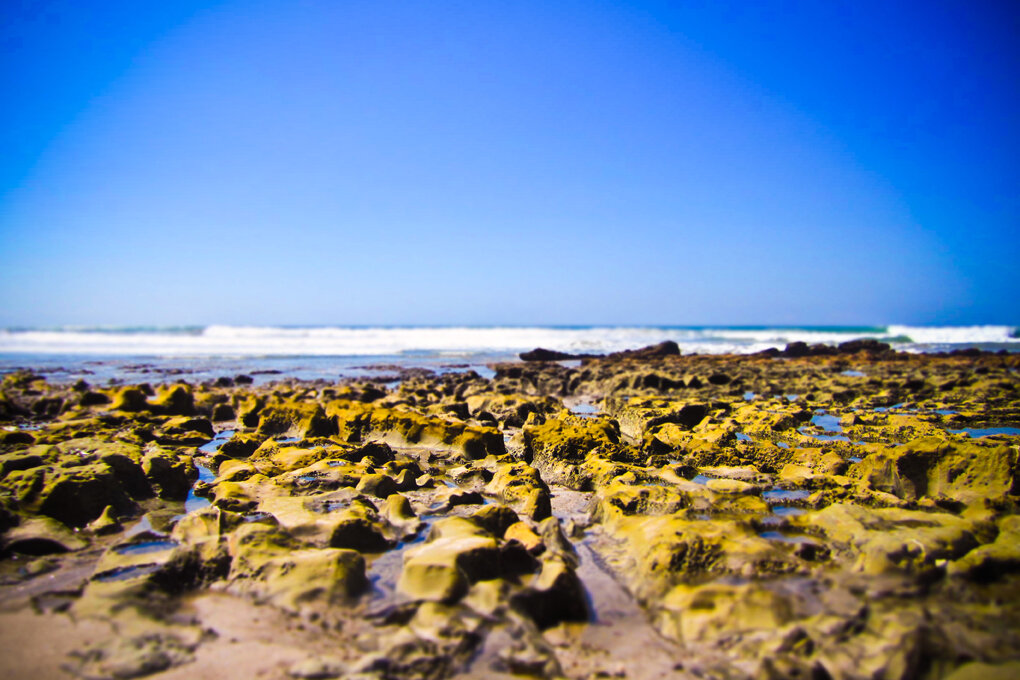
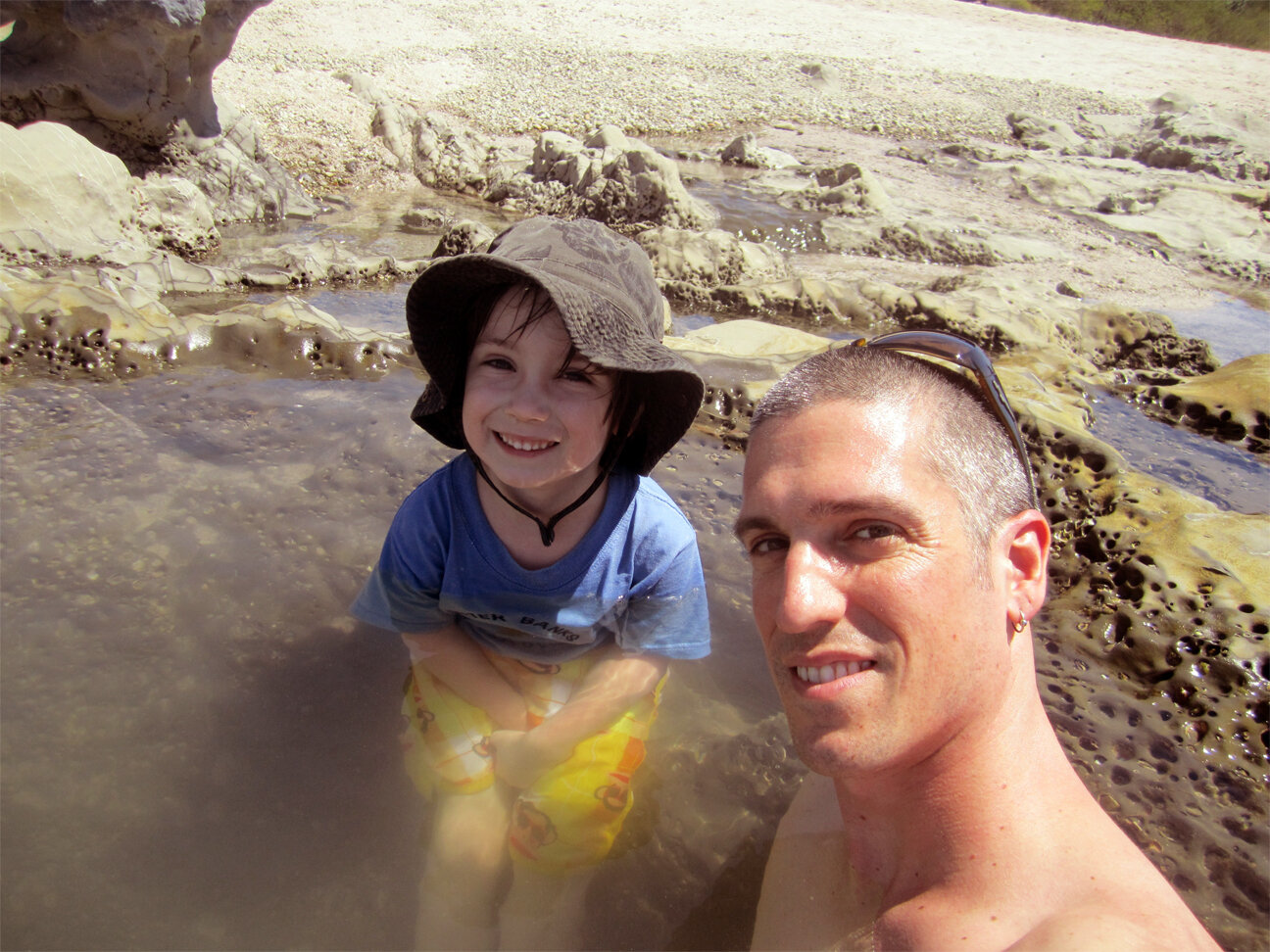





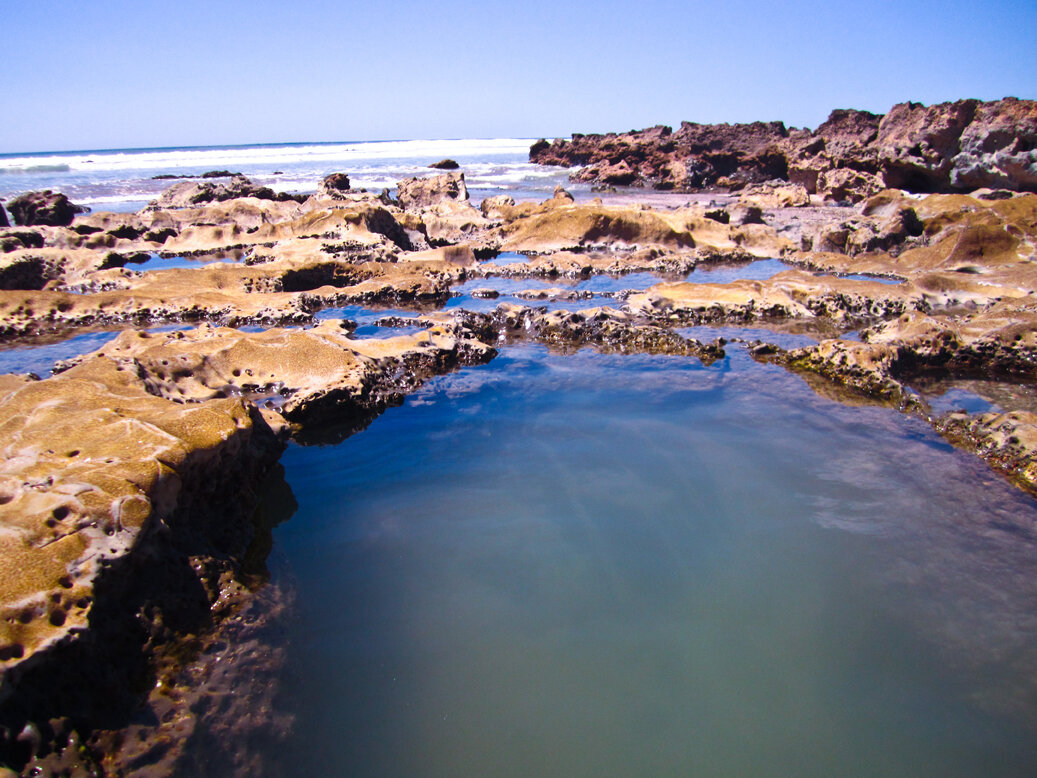
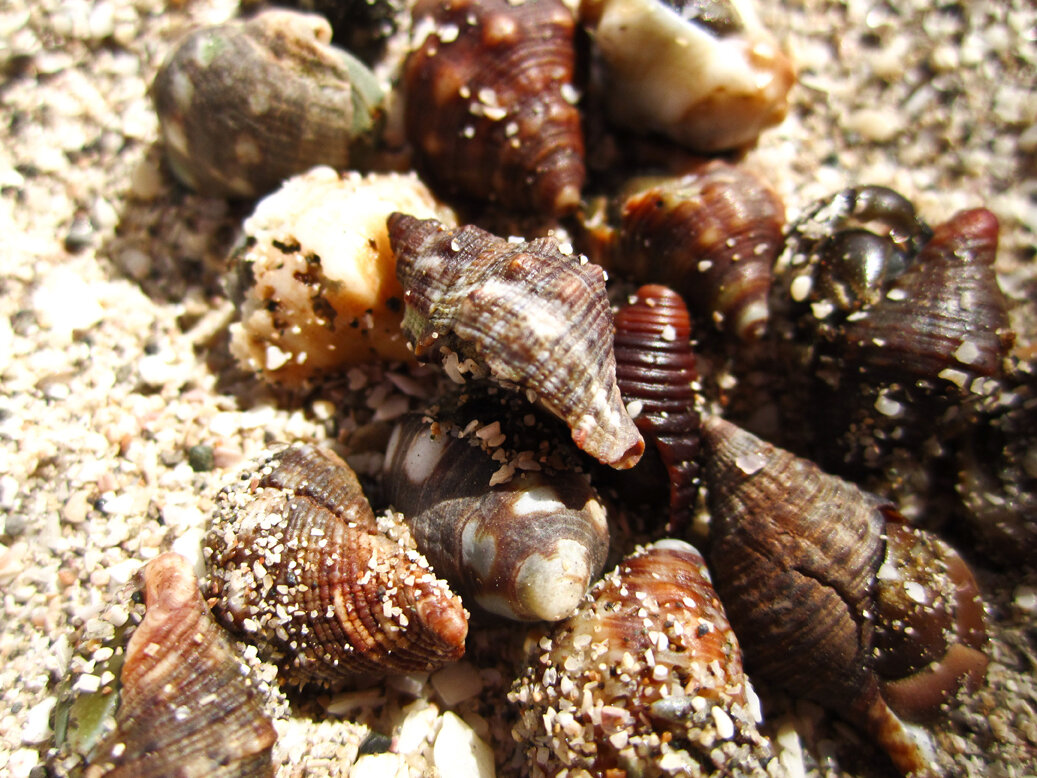



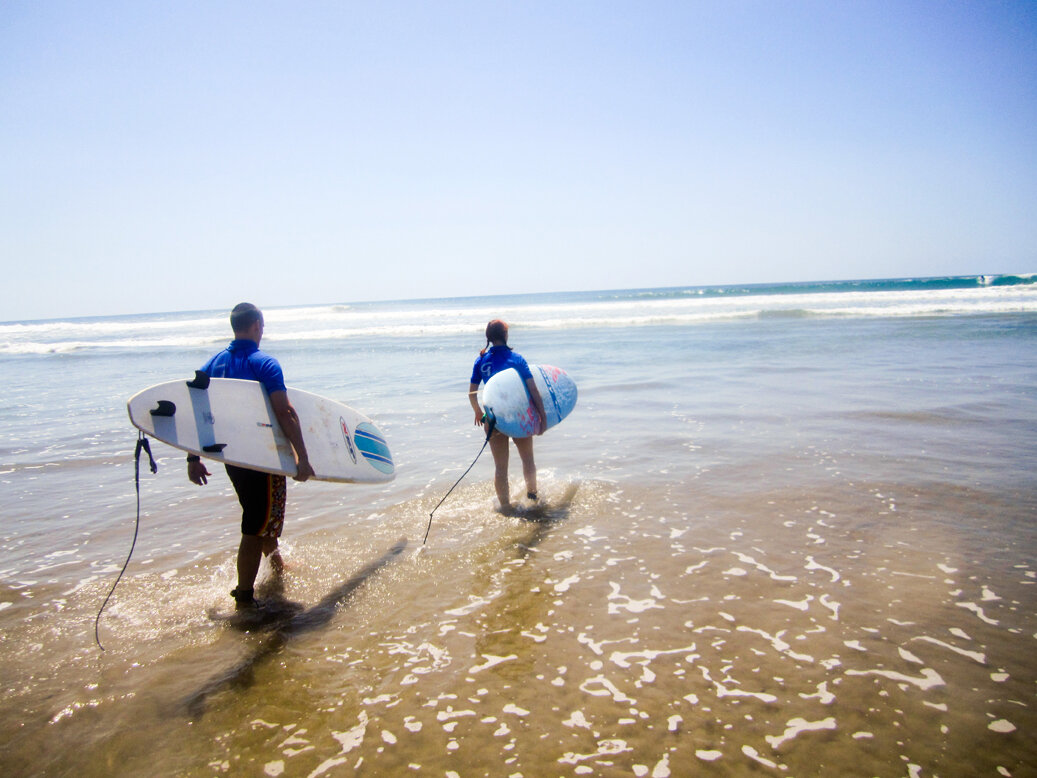









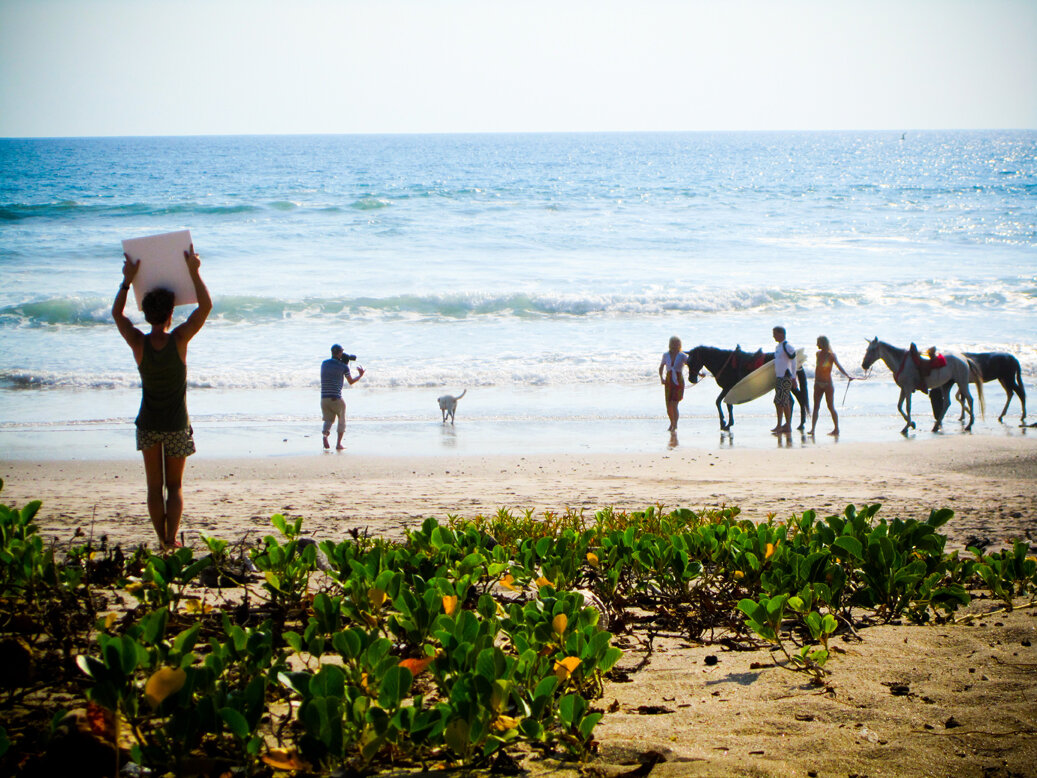
Santa Teresa is a sleepy off the beaten path beach town on the Nicoya peninsula, known mostly to surfers. Tesia had never set foot on a surfboard, but if you’re going to take a lesson, and channel your inner Endless Summer self, this is the place to do it. Apart from challenging waves for the experts, there are also the easy-going breaks for novice surfers. Here, the sea is alive with wildlife and is almost perfect when it comes to shape, color and temperature. The hills are dotted with stylish boutique sleeps, most very reasonably priced, and there’s a charming strip of restaurants and small shops along the unpaved main drag. The gorgeous beaches have pockets of volcanic rocks that fill with water and form nature’s version of a hot tub, with built in seats and all.
Both US dollars and Costa Rica colones are accepted everywhere. Cash is always the preferred method of payment, and many restaurants and shops do not accept credit cards. There are only two ATMs, which aren’t super close, so it’s best to come with cash.
GETTING THERE & AROUND
From Philly, you’re looking at a full day’s travel to get to Santa Teresa, which is why this is a less touristed area. You fly into San Jose, then hop on a 35-minute puddle jumper plane to Tambor. We flew Sansa Regional (http://crc.flysansa.com/en/home), which cost us about $200/person roundtrip in 2011. From Tambor, it’s about an hour drive in a taxi or van to Santa Teresa. We’ve flown in and out of many small airports, but departing Tambor took it to a whole new level of small for us. Check-in consisted of one person at a wooden desk, practically on the runway, and getting weighed in by standing on a bathroom scale while holding your suitcase.
Once in Santa Teresa, we were content to stay put, but there are several day trips to jungles, zip lines, and animal preserves all within an hour drive.
THE DIGS
Casa Zen
Experienced surfers, backpacking young couples, and hipster parents unafraid to travel with their kids are the kinds of free spirits that tend to find common ground at Casa Zen. There were nine rooms with one or two beds, and three dorm-style rooms. All rooms were spare but inviting, with batik-print bedspreads and tangerine, ochre, and yellow color schemes. We found the walls to be a bit thin, but for $80/night for a 2-room apartment including a kitchen, we were willing to put up with hearing a sneeze or a closing door. Guests usually hang out either in the hotel's Thai restaurant or in the "rancho," a circular outdoor pavilion decked out with primary-color pillows and comfortable hammocks. The location was central to everything in the town.
